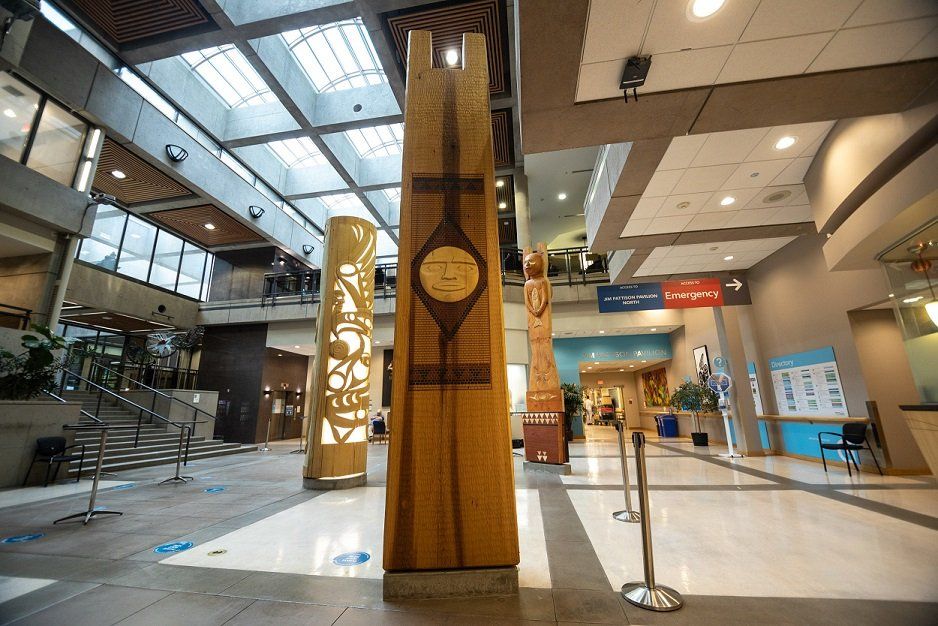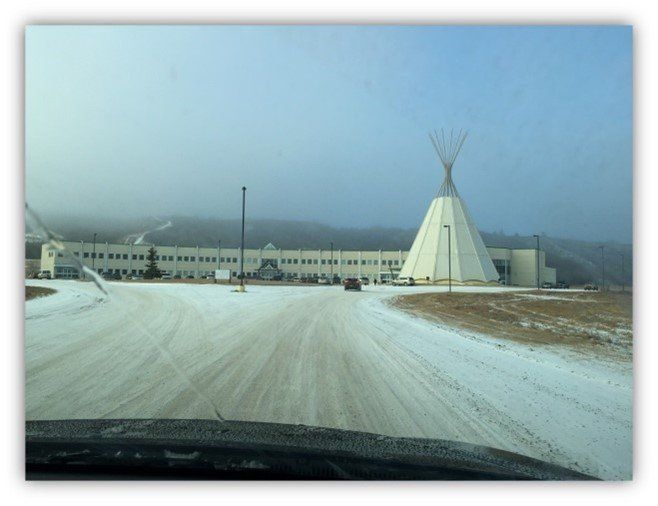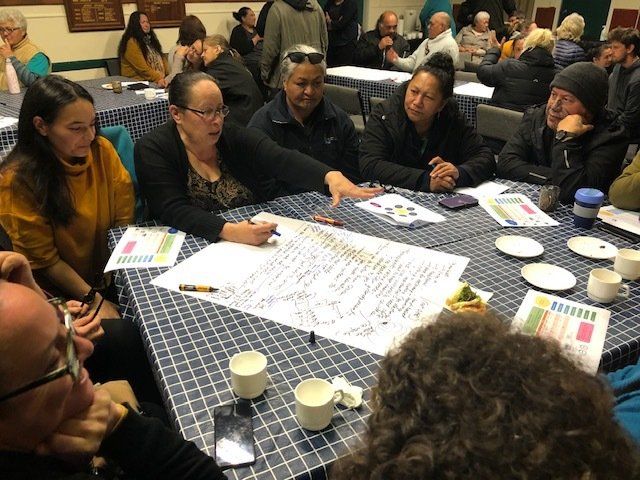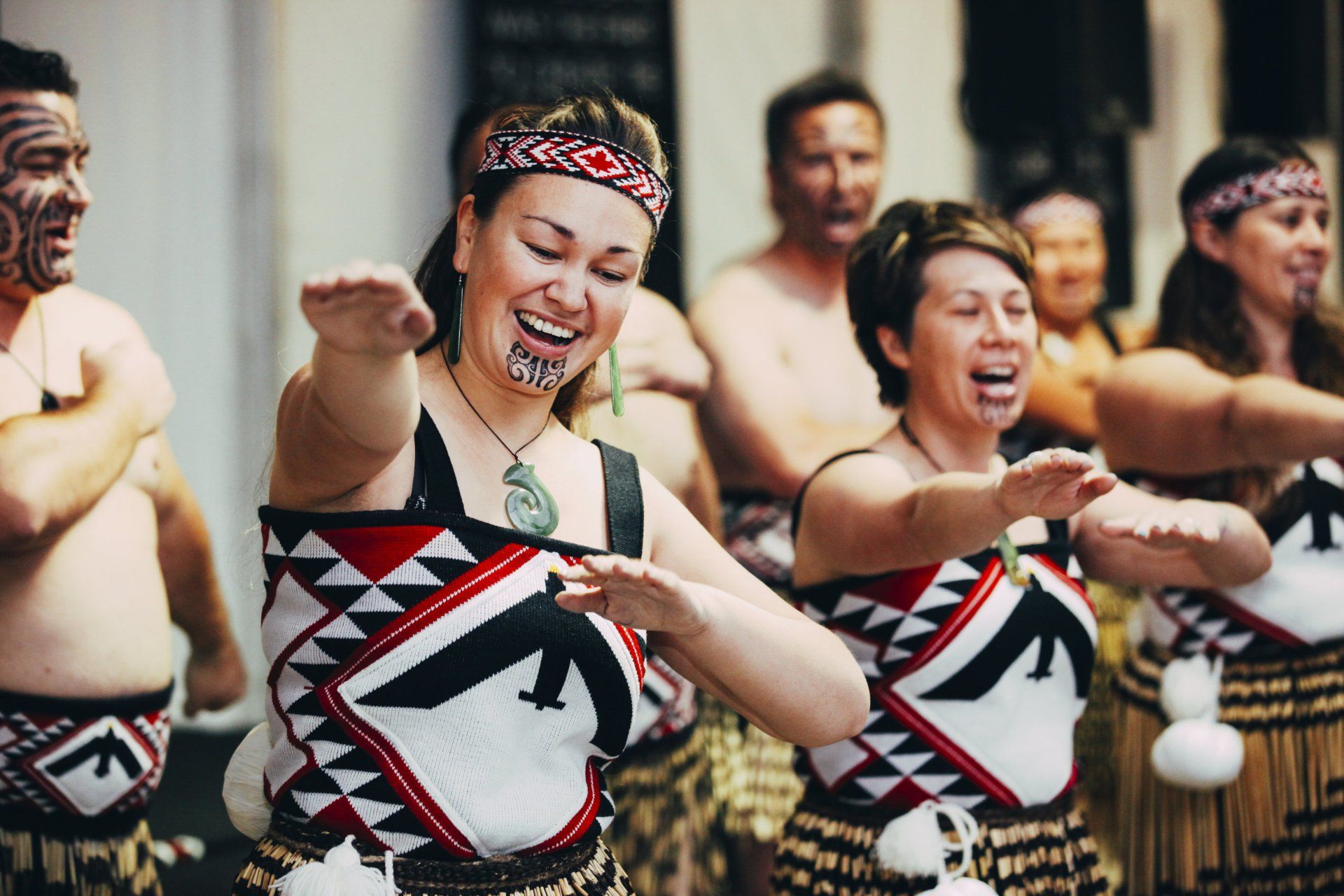POLICIES & PROCEDURES - HOW WE DO THINGS AROUND HERE
Policies and procedures are unique to an organisation that help tell the reader ‘how we do things around here’.
I remember my first big project back at Kāhui. I was tasked with updating the policies and procedures of a Māori health provider who had been a long-standing client and friend of Kāhui Tautoko. Me? Updating policies and procedures? What even…are those?
I head out with a very basic understanding of my task – to gather information to update the policies and procedures of our client. Daunting as the task was, I went eagerly with a USB in hand to gather information. With some direction from my team and the staff of our client, I was successful in obtaining a variety of documents that would help me understand the secret to policies and procedures.
Turns out, policies and procedures are a set of documents that an organisation has that explains what they do, sometimes why they do it, and then how they do it. They’re guidelines or rules that are established by an organisation that align with internal tikanga (customs), relevant legislation, or contractual obligations. They are unique to the particular organisation because they are tailored to how they perform certain tasks. Policies and procedures show readers that this is how we do things around here.
There can be policies for everything – how financial records are maintained, how disputes or conflicts are managed, or even how staff might answer the phone. We help organisations establish three categories of policies and procedures:
- General: the organisation’s internal processes outlining how they do the day-to-day work that they do.
- Quality Management: a specific set of guidelines that respond to the sections of an accreditation framework.
- Service Delivery: guidelines that relate to specific programmes delivered by the organisation, sometimes due to requirements outlined in a programme’s contract.
Visiting our client helped me understand how they operated. The documents and kōrero (discussion) outlined administrative processes, internal forms, strategic documents, service contracts – all kinds of information for us to capture and then articulate what they do, how they do it, and sometimes why they do it. The policies and procedures that we helped develop aligned with their kaupapa (purpose), their values, their contracts, their legislation, their community perspectives, and their unique character.
Policies and procedures are guidelines that are unique to a particular organisation. They cover a variety of kaupapa or topics and outline what, how and why things are done the way they are in the organisation. Overall, they help tell the reader understand ‘how we do things around here’.
Search Posts
Sort by Category
Most Recent Posts
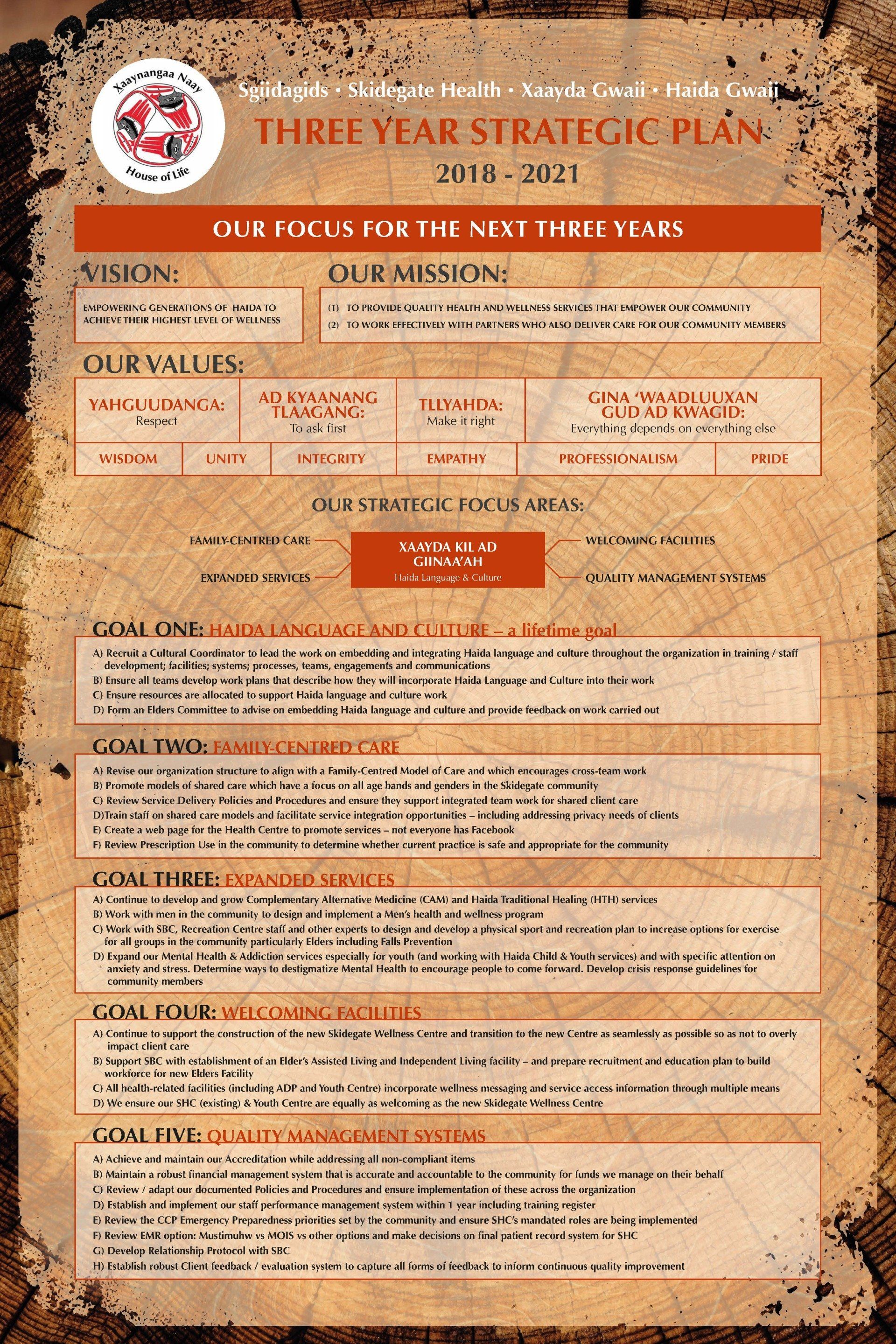
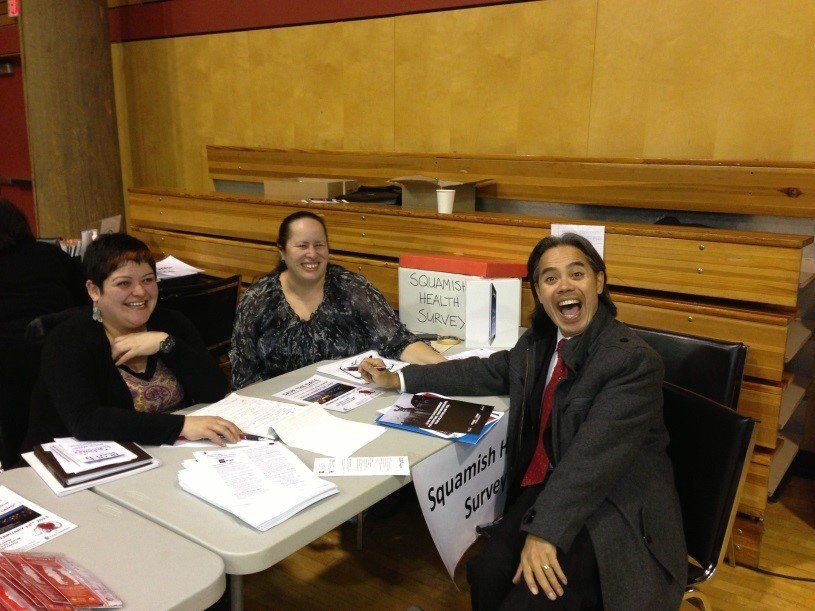
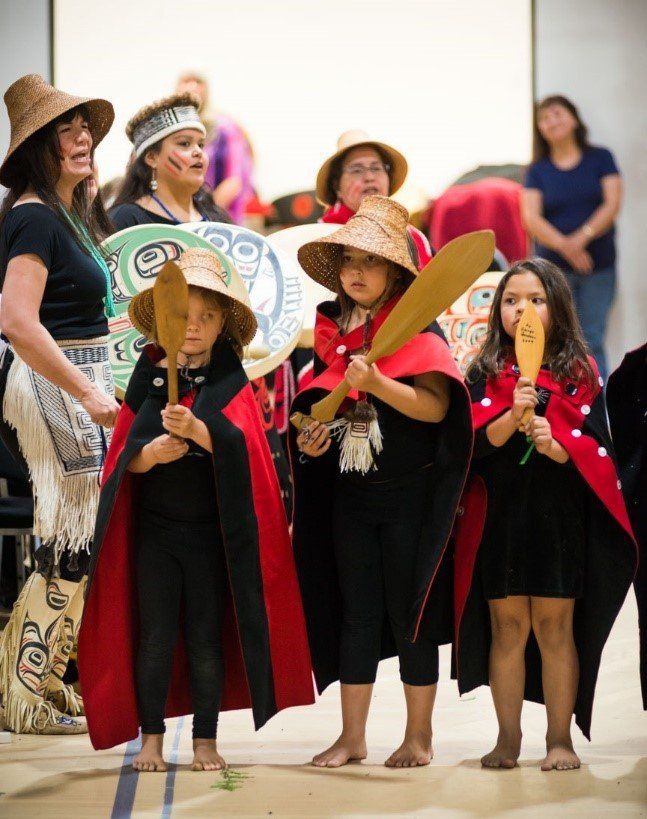
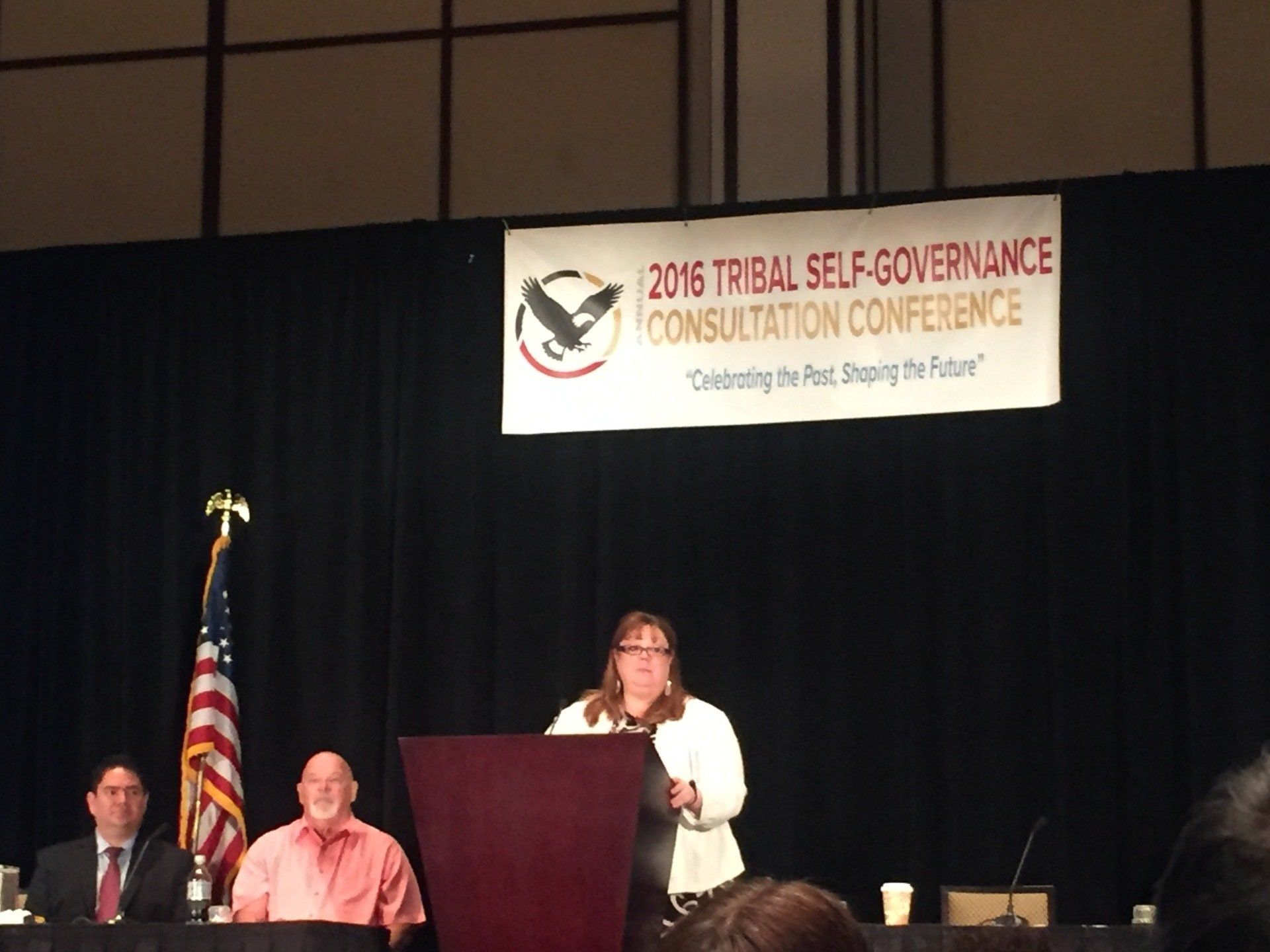
READ MORE POSTS
GET IN TOUCH
WE WOULD LOVE TO HEAR FROM YOU
Contact Us
Thank you for contacting us.
We will get back to you as soon as possible
Oops, there was an error sending your message.
Please try again later
NEW ZEALAND OFFICE
8 Birch Street,
Hilltop, Taupō 3330
Phone: 021 947 526
Email: mara@kahuitautoko.com
CANADA OFFICE
Unit 2601 - 717 Jervis Street
Vancouver, BC, V63 4L5
Phone: 1 604 569 1990
Cell: 1 778 837 2107
Email: careene@kahuitautoko.com
HAWAI'I OFFICE
Phone: 1 604 379 7526 (CA / US)
Email: mara@kahuitautoko.com
KEY STAFF CONTACTS
Mara (Director/Owner):
Phone: 0064 (0)21 947 526 (NZ) or 1 604 379 7526 (CA / US)
Email: mara@kahuitautoko.com
Careene (NZ Director / Senior Consultant):
Phone: 1 778 837 2107 (CA)
Email: careene@kahuitautoko.com
Patrick (Senior Consultant):
Phone: 0064 (0)21 131 9674 (NZ / US)
Email: patrick@kahuitautoko.com
Lisa (Senior Project Manager)
Phone: 0064 (0)27 353 5658
Email: lisa@kahuitautoko.com
TE TINI A MĀUI KAPA HAKA GROUP (Vancouver-based)



